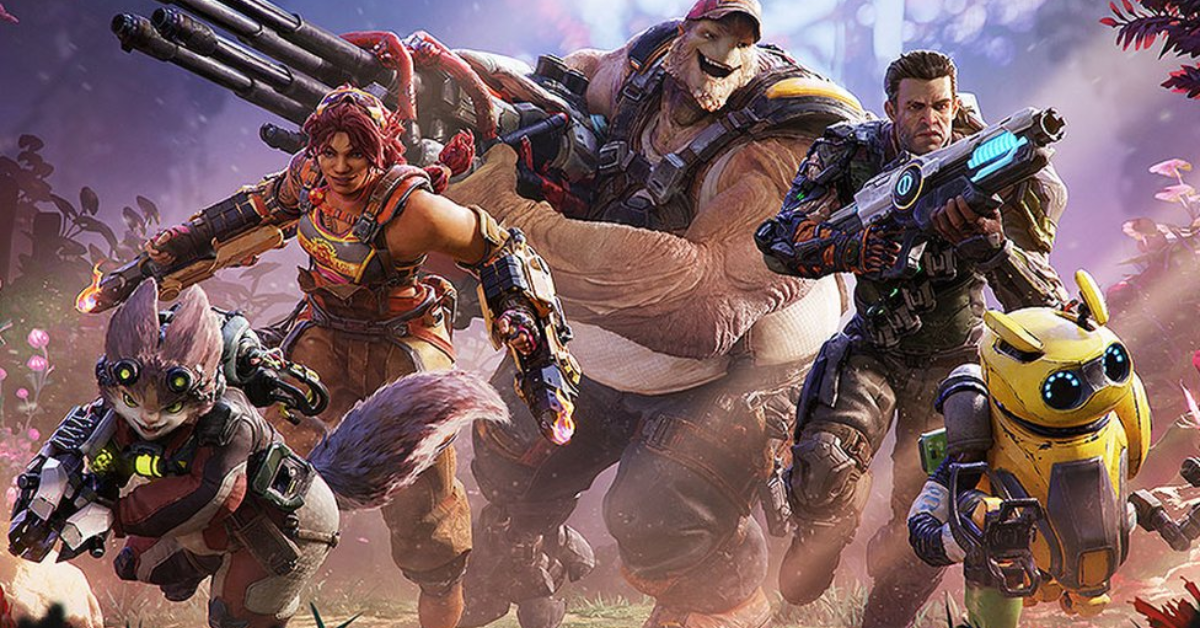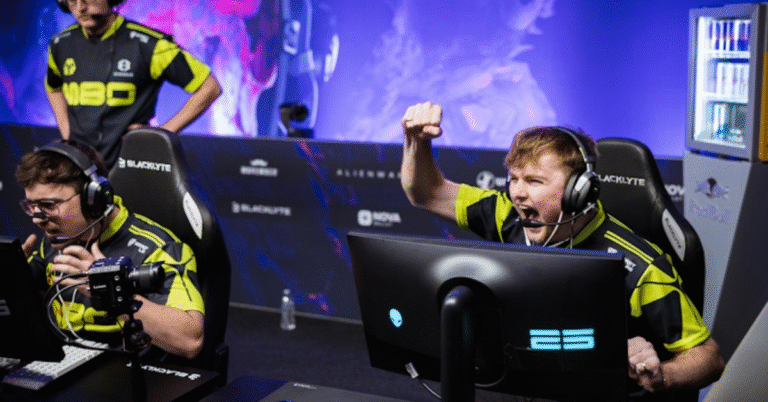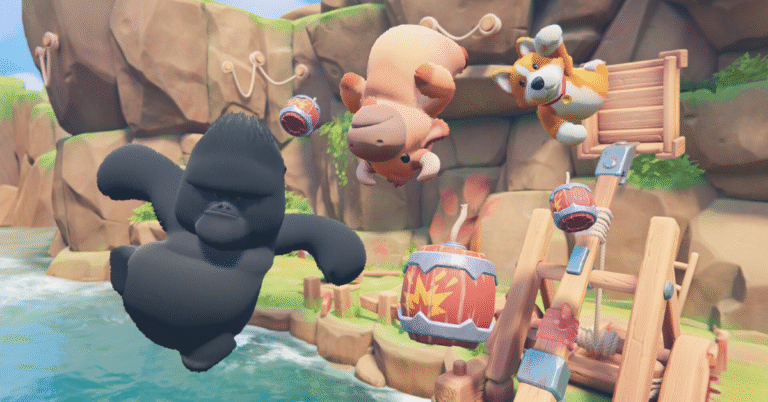When playing a video game, most people focus on graphics and gameplay first. However, audio plays a crucial role in shaping the overall experience. Good sound design can add depth, emotion, and immersion that makes players stay engaged, even if the game itself has its shortcomings.
Many games with weak visuals or repetitive mechanics become enjoyable because of their compelling music scores and sound effects. This article explores why quality audio can save a mediocre game and how it influences player perception and enjoyment.
Sound Builds Immersion Like Nothing Else
Immersion is one of the key reasons players enjoy video games. It is the feeling of being fully absorbed in a virtual world. High-quality audio helps create this by providing realistic sound effects and ambient noises that match the environment. For example, the sound of footsteps on gravel, birds chirping, or distant explosions make the gaming world feel alive.
According to a study by the Game Developers Conference (GDC), audio contributes significantly to player immersion and emotional response. Players often recall audio moments more vividly than visual ones because sound directly affects the brain’s emotional centers. This proves that sound design can hold player attention even when graphics or gameplay are lacking.
Music Sets the Tone and Enhances Emotions
Music is a powerful tool to convey emotion and enhance storytelling in games. Whether it’s an intense battle theme or a calming background melody, music triggers feelings that help players connect with the game world. For mediocre games, a strong soundtrack can compensate for lacklustre gameplay by creating memorable moods.
Famous games like “Undertale” and “Celeste” have been praised largely due to their memorable music, which helps players overlook other flaws. As noted by IGN, “the soundtrack can be a game-changer,” giving mediocre games a much-needed emotional hook and replay value.
Sound Effects Make Actions Feel Real
Sound effects are more than just noise—they make player actions feel meaningful and satisfying. The right sounds when a character jumps, shoots, or opens a door deliver feedback that keeps players engaged. Poor or missing sounds can make gameplay feel hollow and boring.
Even simple sound cues improve game mechanics by alerting players to important events or dangers. Games like “Fortnite” use precise audio cues to help players react faster and stay competitive. Thus, sound effects can enhance both fun and functionality.
Audio Can Mask Other Weaknesses
When graphics or gameplay mechanics are outdated or repetitive, good audio can act as a cover-up. Players might forgive a blocky character model or limited movement if the music and sounds are compelling. This is especially true for indie games and smaller studios that may lack resources for top-tier visuals.
As highlighted by Polygon, good sound design can “elevate the entire game experience and often becomes the reason players stick around, despite flaws elsewhere.” This shows audio’s power as a tool to boost overall quality perception.
Final Thoughts
In the world of video gaming, audio is often an unsung hero. Good sound design enhances immersion, sets mood, provides meaningful feedback, and can even save a game that falls short elsewhere. For younger gamers and creators alike, investing in quality audio is essential to making any game stand out and be enjoyable.
Next time you judge a game by its graphics, remember the impact of sound. Sometimes, great audio is all a game needs to become a memorable experience that players will want to return to again and again.
References:
- Game Developers Conference on Audio and Immersion
- IGN Article on Video Game Music
- Polygon’s Take on Game Audio Importance







Leave a Comment